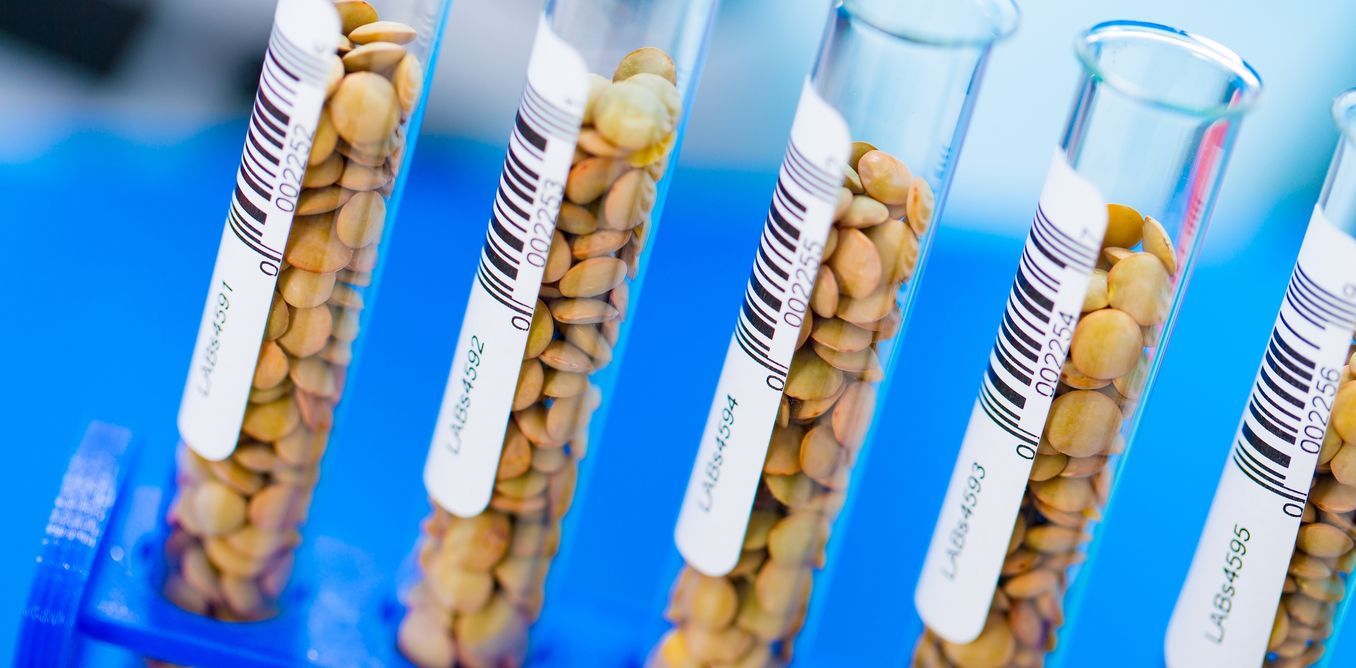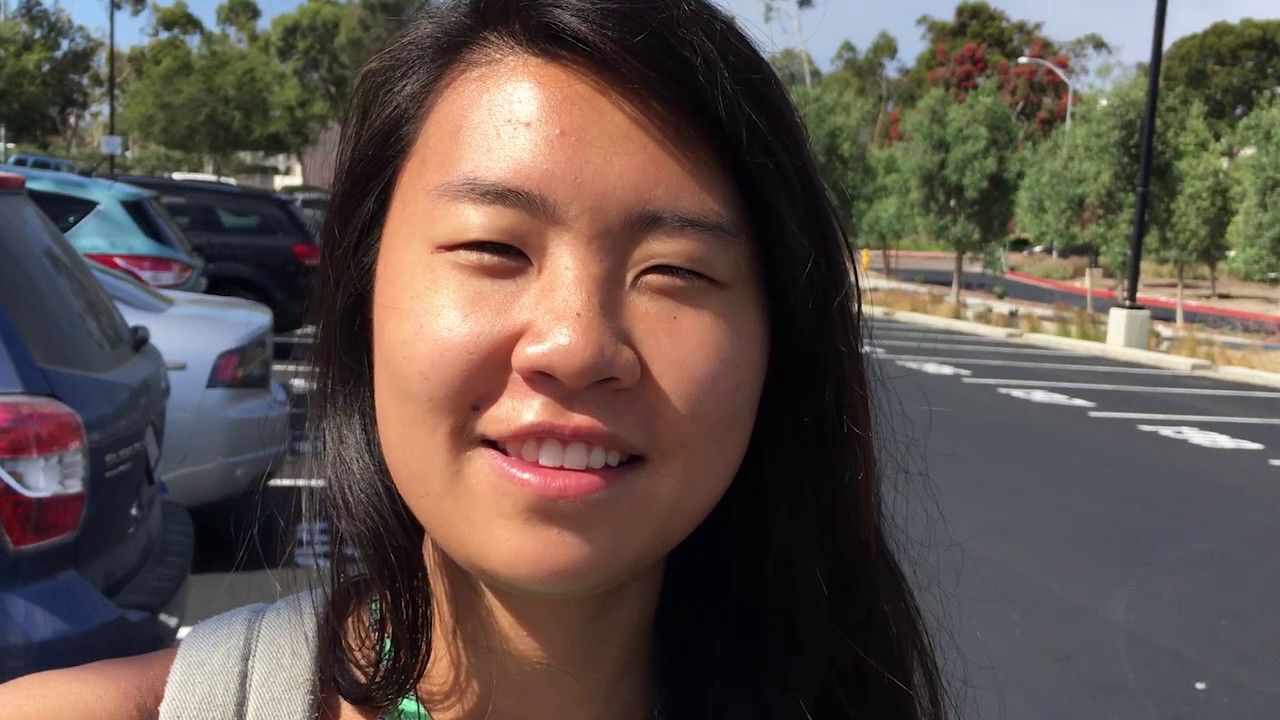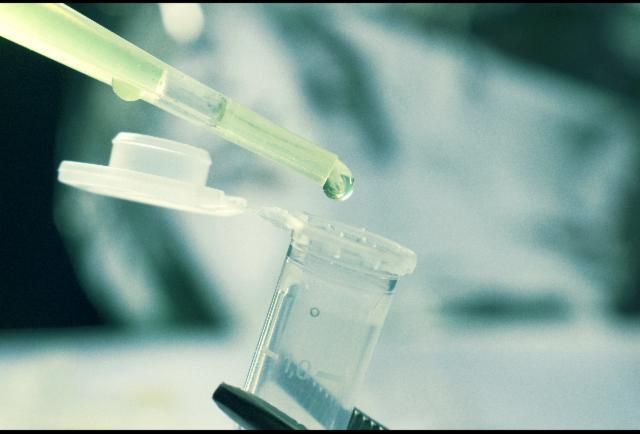Progress in real science is steady, follows proper methodology and respects engineering safety. We live in an amazing world where medical progress is advancing rapidly, sadly we also have those willing to jump the gun hawking unproven experimental therapies without sufficient data.
Unproven therapies and people jumping the gun to make a quick buck are a plague in the aging research field. Real science is slow and methodical but ultimately gets results that ensure safe therapies can be deployed in the healthcare arena. At Lifespan.io we are passionate about supporting the progress of science that is conducted properly.
“The life science community should embrace the discrediting of unproven therapies promoted without data for economic gain, and instead focus on the promise of research held to the highest standards.”
#aging #crowdfundthecure








